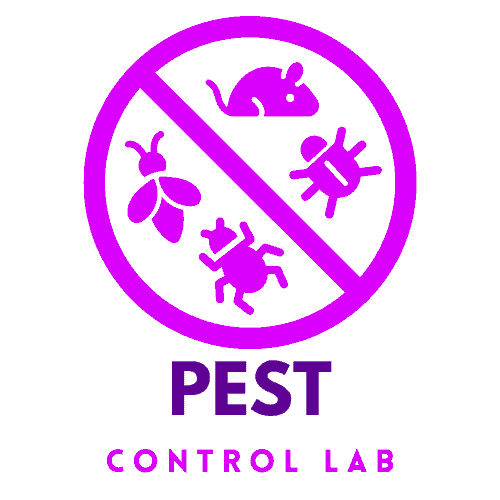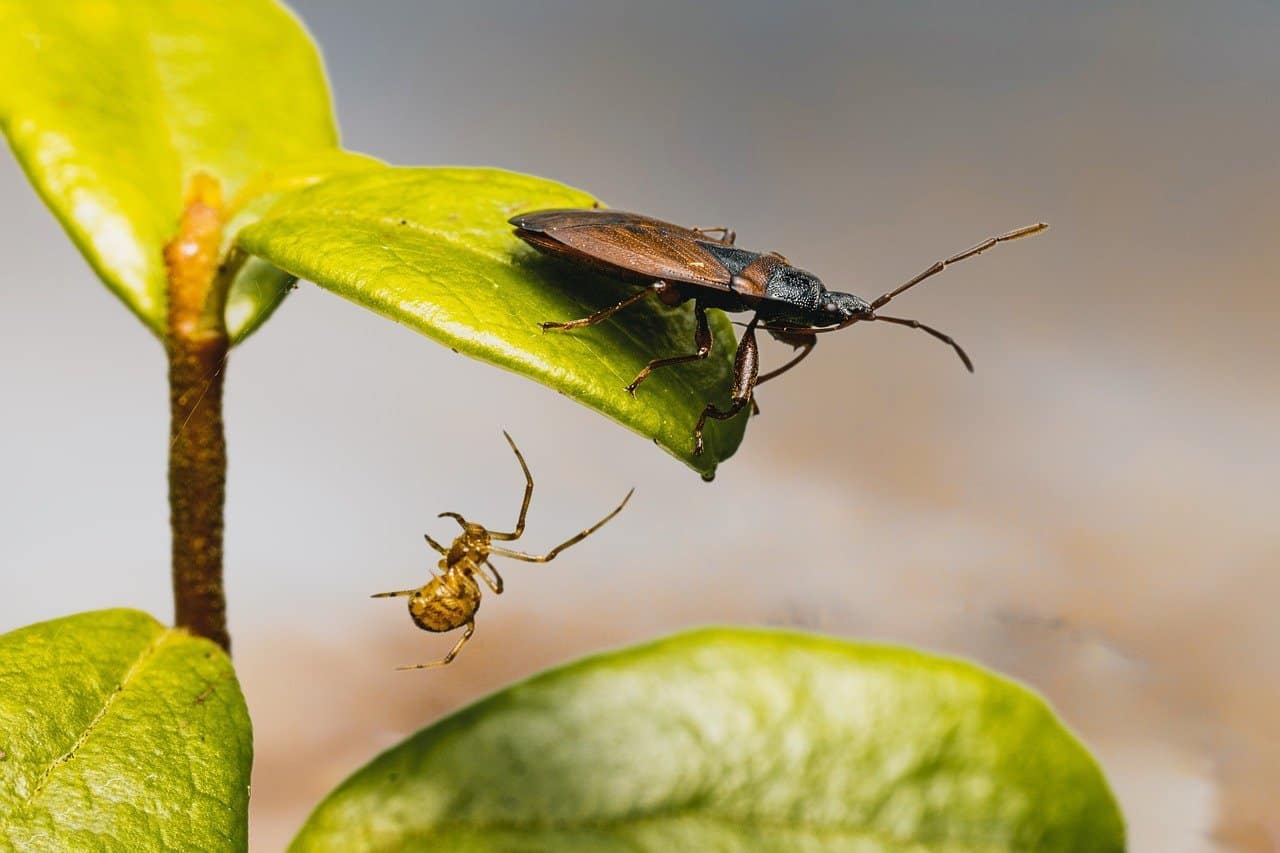Navigating the Challenges of Modern Pest Control
Professionals and homeowners alike face many challenges in the ever-evolving landscape of pest control. From the rise of pesticide-resistant species to environmental concerns, managing pests requires a strategic and informed approach. This article delves into the complexities of modern pest control, offering insights and solutions to navigate these challenges.
Understanding the Modern Pest Landscape
The first step in effective pest management is understanding the current landscape. Recent studies indicate a significant rise in pesticide-resistant pests. For instance, a 2021 survey revealed that over 60% of common pests have developed resistance to traditional pesticides. This alarming statistic underscores the need for alternative strategies.
Eco-Friendly and Sustainable Practices in Pest Control
The industry is shifting towards more sustainable and eco-friendly practices in response to these challenges. Integrated Pest Management (IPM) is at the forefront of this movement. IPM focuses on long-term prevention and combines biological control, habitat manipulation, and resistant varieties. It’s estimated that IPM can reduce pesticide use by up to 50% while maintaining effective pest control.
Technological Advancements in Pest Control
Technology plays a pivotal role in modern pest control. Innovations like intelligent traps and drones are revolutionizing how pests are monitored and controlled. Drones, for instance, are used for aerial surveillance of large agricultural fields, enabling precise application of biopesticides. This not only increases efficiency but also minimizes environmental impact.
Public Awareness and Education
Public awareness and education are crucial in the fight against pests. Misinformation can lead to ineffective and harmful practices. It’s essential to disseminate accurate information about pest biology, behavior, and control methods. Community programs and online resources have been instrumental in this regard, helping to inform and empower individuals in their pest control efforts.
Collaboration and Regulation
Collaboration between government bodies, research institutions, and pest control professionals is critical to developing effective strategies. Regulations play a vital role in ensuring safe and responsible pest control practices. For example, the Environmental Protection Agency (EPA) regulates pesticide use in the U.S., ensuring that products are safe for humans and the environment.
Conclusion
The landscape of pest control is complex and ever-changing. We can effectively navigate these challenges by embracing sustainable practices, leveraging technology, fostering public awareness, and ensuring collaboration and regulation. As we continue to adapt and innovate, the future of pest control looks promising, with practical and environmentally responsible solutions.
In conclusion, the journey of modern pest control is one of adaptation and innovation. By understanding the challenges and embracing the solutions, we can ensure a safer, healthier, and more sustainable future.






Your point of view caught my eye and was very interesting. Thanks. I have a question for you.